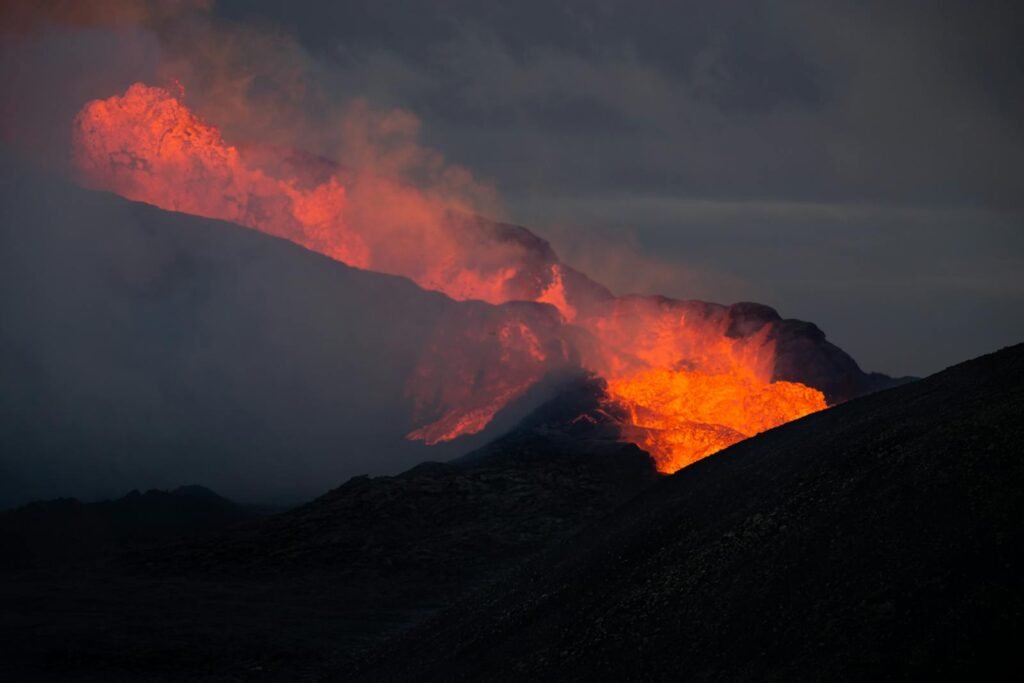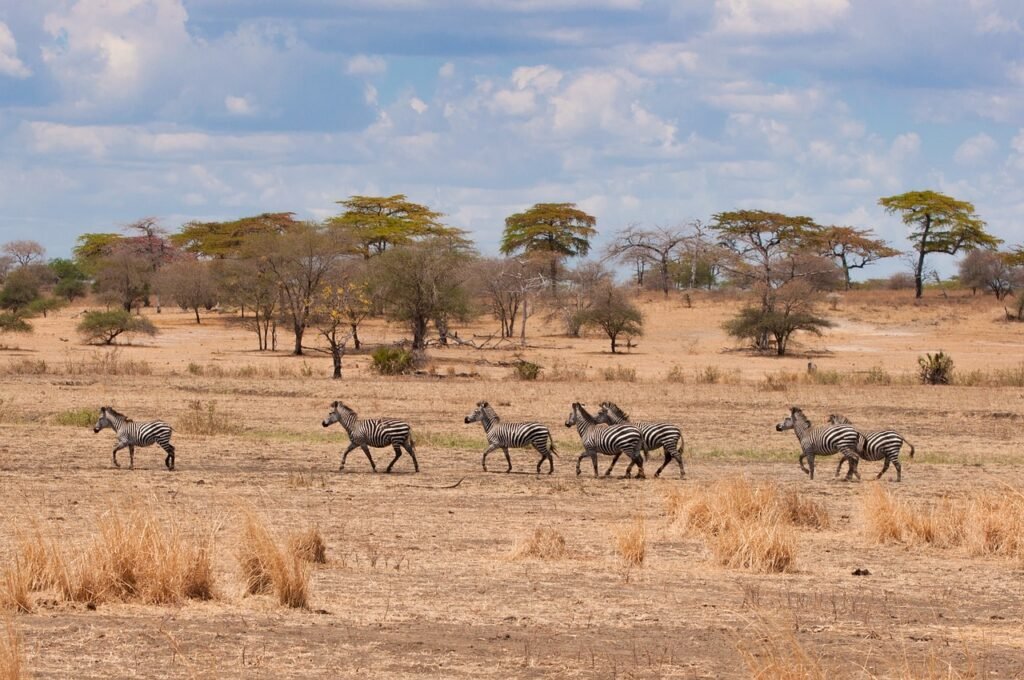When the Cumbre Vieja volcano erupted in September 2021, it released a horror of molten lava and poisonous gases, devouring houses, farms, and highways in its wake. Satellite photographs recorded the apocalyptic view, a sea of fire cutting through the Canary Island’s terrain before falling into the Atlantic. But the next development surprised even scientists. Three years on, La Palma’s tale isn’t one of devastation, it’s a story of survival, ongoing risks, and unexpected twists nobody anticipated.
The Eruption That Rewrote the Map
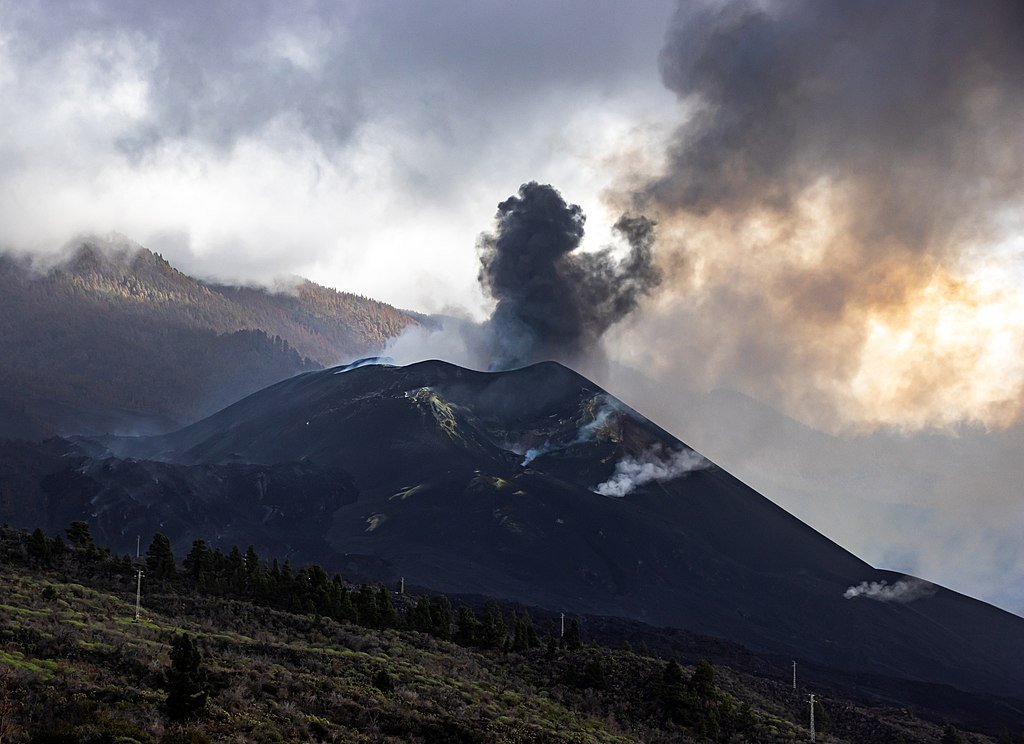
On September 19, 2021, after more than 22,000 earthquakes rattled La Palma in just a week, the ground split open near the town of Todoque. Lava fountains shot hundreds of feet into the air, marking the start of an 85-day eruption the island’s longest in centuries. The newly erupted Tajogaite vent erupted 7.1 billion cubic feet (200 million cubic meters) of lava, enough to bury Manhattan under 13 feet (4 meters) of molten rock.
The lava, reaching temperatures of 2,000°F (1,100°C), bulldozed everything in its path. Satellite images showed 4.6 million square feet (430,000 square meters) of new land forming where lava met the ocean. But the cost was staggering: 3,000 buildings destroyed, banana plantations wiped out, and damages exceeding €700 million ($780 million). Todoque, once a quiet village, was erased from existence.
The Invisible Killer: Toxic Gases That Linger
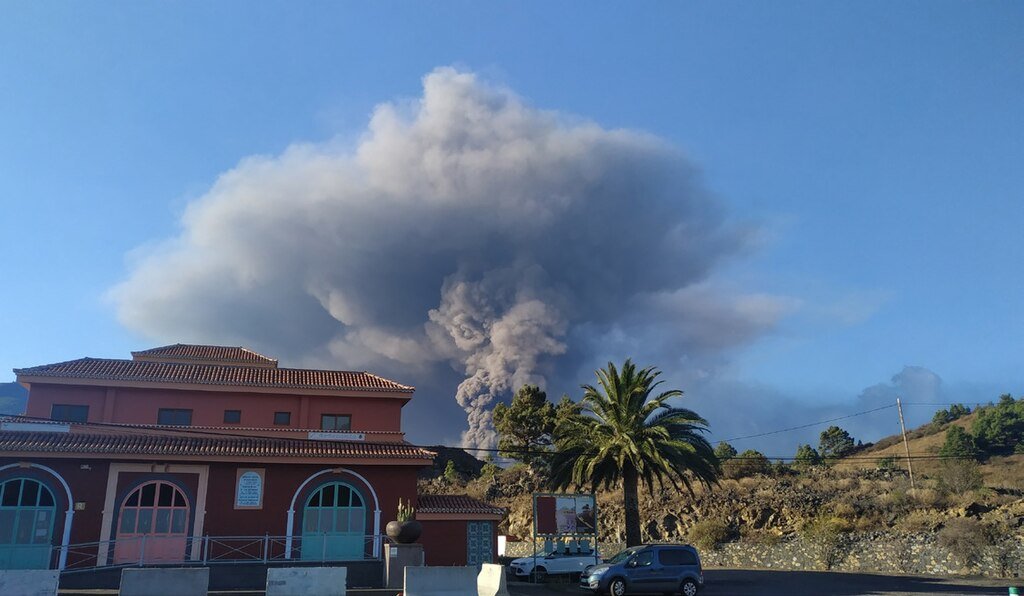
While flows of lava were destructive, the eruption’s deadliest legacy was imperceptible. The lava had an unusually high content of sodium and potassium that made it very alkaline and emitted enormous quantities of sulfur dioxide and hydrogen chloride gases that could burn lungs and contaminate the air.
One elderly man died after ignoring evacuation orders, suffocating in the toxic fumes. Others weren’t so lucky either. Taxi driver Ramón sneaked back into the exclusion zone post-eruption, only to collapse minutes later. “I thought I was going to die,” he told Live Science, still suffering from breathing issues years later.
Even now, locals report smelling sulfur when it rains, and hidden pockets of carbon dioxide lurk in lava tubes, posing silent threats. “It’s unknown how long this hazard will last,” warns volcanologist Marie Edmonds.
The Road That Rose From the Lava
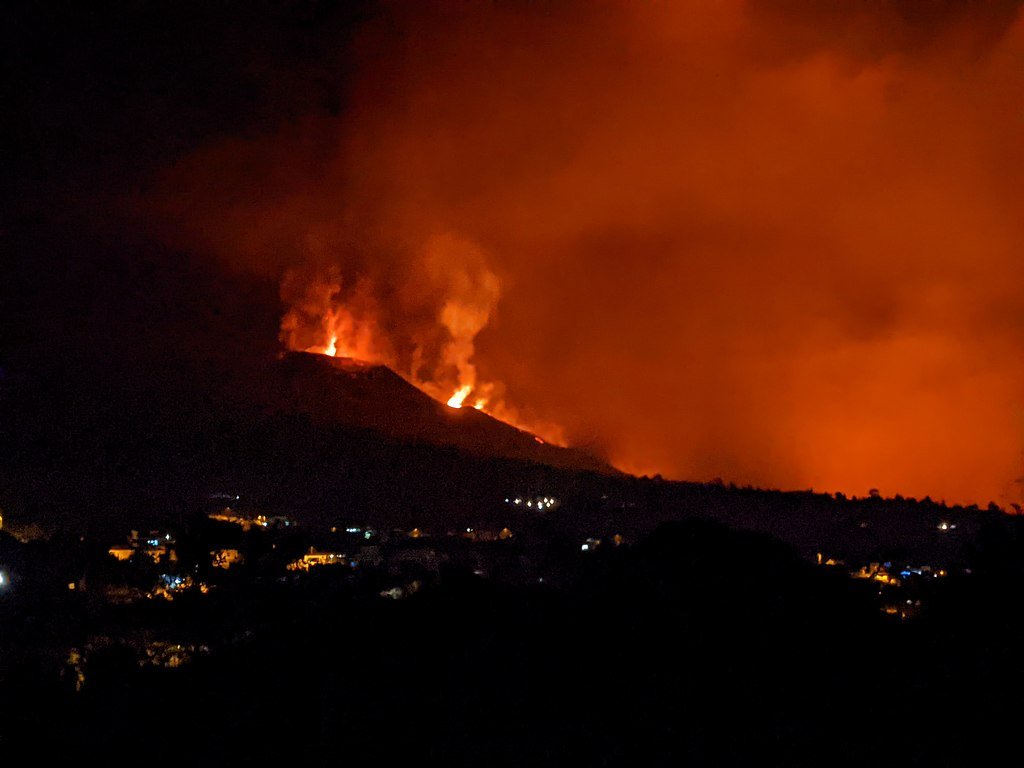
One of the most immediate crises was the destruction of La Palma’s main coastal highway, cutting off direct access between Los Llanos de Aridane and Puerto Naos. Overnight, a 10-minute drive became a 90-minute detour around half the island.
In a feat of engineering, workers began rebuilding the road while the lava was still scorching hot. Using heat-resistant materials, they carved a new path through the wasteland visible from space within two years. Yet, despite the road’s reopening, many locals and tourists still avoid the area, fearing lingering gases.
The Bizarre Plan to Bomb a Volcano
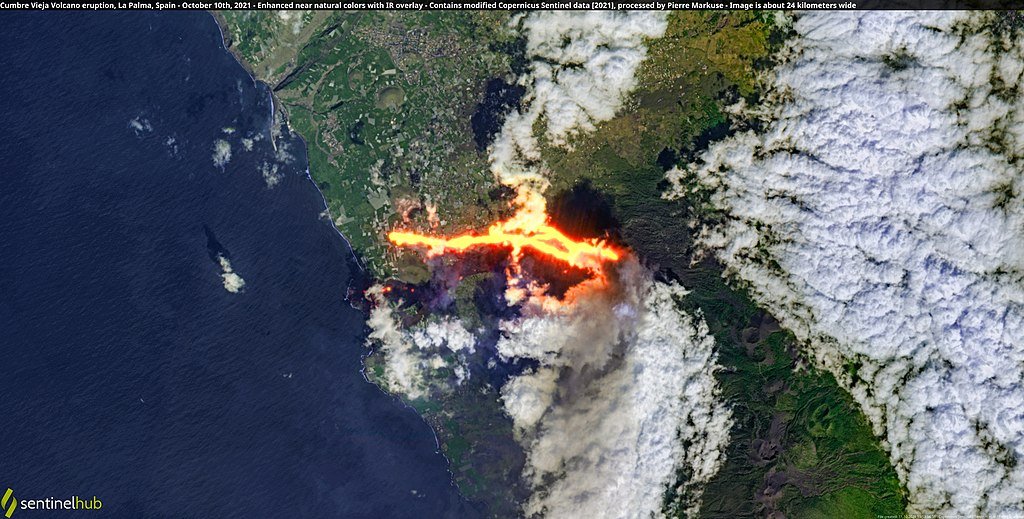
As lava kept flowing, desperation grew. One Canarian politician proposed bombing the erupting vent to divert the lava, an idea met with disbelief by scientists. “It would’ve been catastrophic,” Edmonds said. Instead, nature took its course, and the eruption finally ceased in December 2021.
But the disruption wasn’t just terrestrial. Ash clouds forced airport closures across the Canary Islands and even briefly halted work at the Roque de los Muchachos Observatory, home to some of the world’s most advanced telescopes. “For some instruments, it was the first shutdown in decades,” said astronomer Alba Fernandez-Barral.
Life After Disaster: A Community’s Fight to Rebuild
The emotional price was huge. 7,000 evacuees had homes, businesses, and a lifestyle destroyed. David, a Todoque shop owner, saw his home melt away beneath the lava. “It was like a river of fire,” he remembered. Yet, despite everything, La Palma’s spirit never broke.
“The resilience here is incredible,” Edmonds noted. The 2024 STARMUS Festival, held in Puerto Naos, marked a turning point tourists returned, and for some locals, it was their first time back since the eruption.
The Next Eruption: Will La Palma Be Ready?
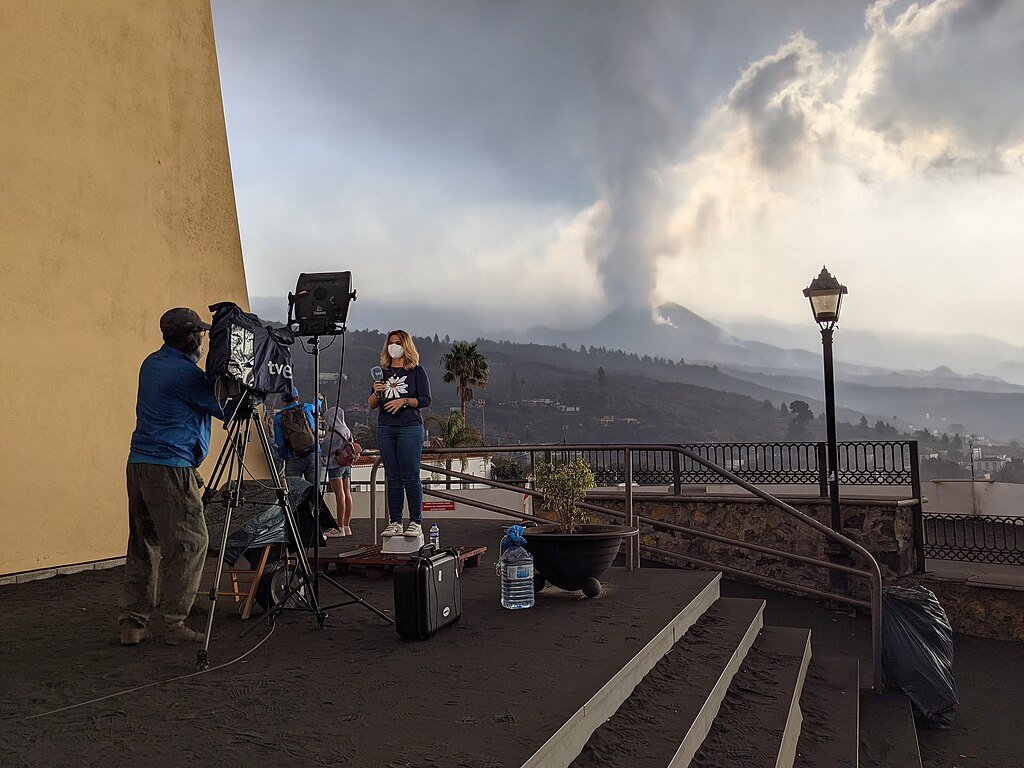
Historically, La Palma sees major eruptions every 50 years. With Tajogaite’s fury still fresh, scientists are now intensifying monitoring efforts. But the island’s recovery raises bigger questions: Can infrastructure withstand the next blast? Will gas hazards persist for decades?
For now, life inches forward. New roads cut across fields of lava, nervous visitors return, and the wounds heal slowly. But as Edmonds says, “Volcanoes don’t follow schedules.” La Palma’s tale isn’t finished, it’s just awaiting the next unpredictable chapter.
Final Thought: A Warning Written in Lava
The 2021 eruption was a harsh reminder of the power of nature not only in anger, but in consequence. Poisonous gases, economic devastation, and psychological wounds last long after the lava hardens. But La Palma’s recovery shows that even amidst catastrophe, renewal can occur. The question is: How long before the next trial arrives?
Sources:

Jan loves Wildlife and Animals and is one of the founders of Animals Around The Globe. He holds an MSc in Finance & Economics and is a passionate PADI Open Water Diver. His favorite animals are Mountain Gorillas, Tigers, and Great White Sharks. He lived in South Africa, Germany, the USA, Ireland, Italy, China, and Australia. Before AATG, Jan worked for Google, Axel Springer, BMW and others.

